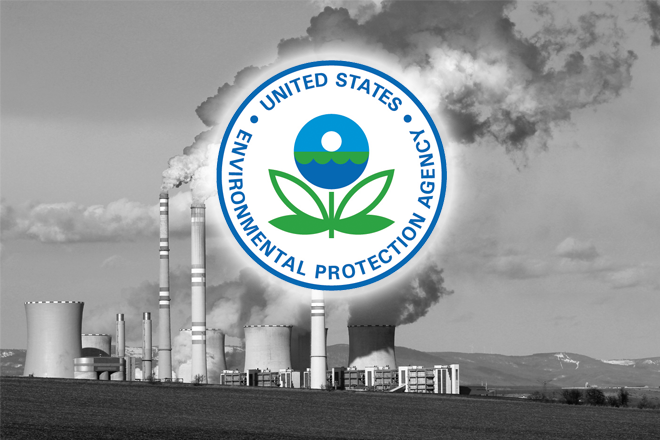Coal is responsible for 74% of energy-related carbon dioxide emissions in the U.S., according to 2012 data. The Environmental Protection Agency is now proposing state-specific emissions standards for existing and reconstructed power plants. The impact is expected to be a 30 percent reduction in CO2 emissions from 2005 levels by 2030. The EPA will be accepting comments on the proposed rules for 120 days. While optimistic reactions have been enthusiastic, some others have been defensive and claim the proposal would cause damages. Still others, such as The Onion, responded skeptically:
New EPA Regulations Would Force Power Plants To Find 30% More Loopholes By 2030 http://t.co/W001fh9v3X pic.twitter.com/Qoqod8mZdm
— The Onion (@TheOnion) June 2, 2014
UPDATE: Just today, China has followed the U.S. and announced their commitment to cap CO2 emissions. Previously in stalemated negotiations, these two global leaders appear to have both made a serious commitment to reducing carbon pollution. This comes just before a UN-sponsored global meeting on climate change in Germany. Starting Wednesday, representatives from 190 nations will begin setting the stage for the next global climate change talks in December 2015. The objective of the conference is to achieve a universal agreement from all nations of the world.
What do you think of the potential impacts for the world's economy and environment?

